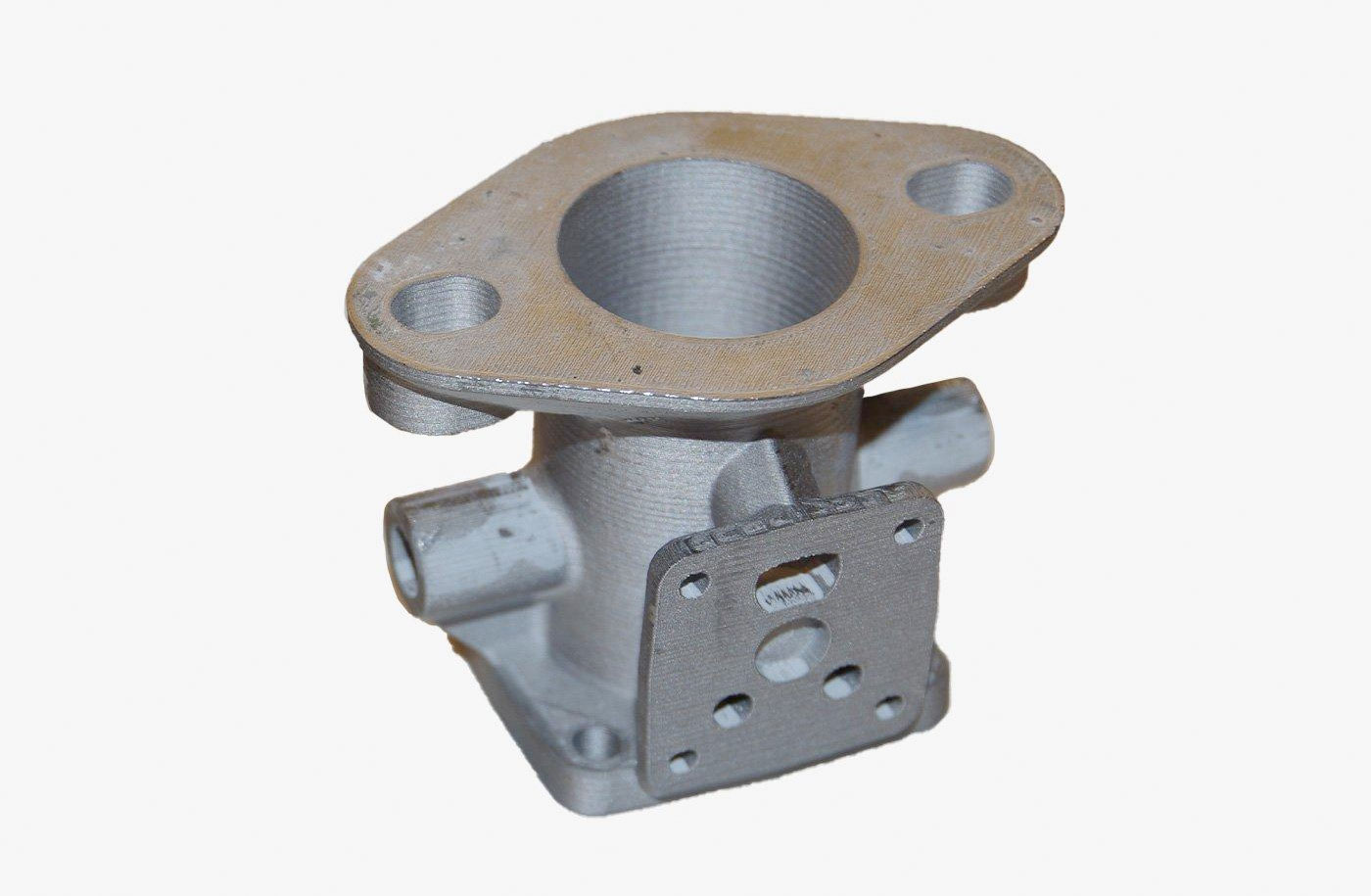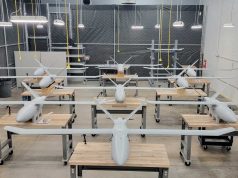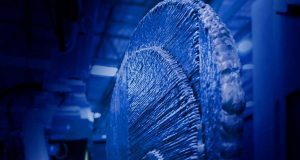The Czech company Tecron, which is a supplier to the automotive industry, is producing a carburetor for the automotive industry using 3D printers from Markforged.
Shifts in the global manufacturing market and changing customer needs has led to a more competitive, more international environment. These changes led Tecron to take a future-forward look at their strategy. After a thorough investigation, they discovered Markforged. The Markforged platform was the only solution on the market that fit Tecron’s evaluation criteria: It’s easy to use and train on, parts are cost-effective, as well as durable and accurate enough to perform to their customers’ expectations. As automotive specialists, Tecron was drawn specifically to metal printing enabled by Markforged 3D printers.
Two early applications proved the benefits of the Markforged platform:
Škoda Motor is one of Tecron’s major clients. They specialize in the reconstruction of vintage cars and airplane motors needed to manufacture a race car carburetor that had long been unavailable. The three-part assembly was originally made with die-casting methods until the sole supplier discontinued production and the original die was lost. Tecron was able to replicate the original part with some redesign and optimization, and print a cost-effective solution in metal.
Czech Aerospace Research Centre (VZLU) partnered with Tecron for help with the prototyping and validation of new concepts. VZLU was having difficulty sourcing cost-effective methods for producing components in a new wing design. Prototyping can be the longest and most expensive stage of design, and many of VZLU’s scaled model designs pushed the limit of what traditional manufacturing could do. The nozzle concept seen here has intricate features that can’t be manufactured using subtractive methods. The narrow slit in the design improves overall wing performance, and was crucial to the success of the process. Deconstructing the design into several more manageable parts would have a negative impact on performance. The only other viable option, electrical discharge manufacturing (EDM), would have had long lead times and a huge price tag. Tecron used the Metal X to produce the part to-spec, with the intricate design left unaltered — and at a fraction of the original cost.
Find out more about Tecron at tecron.cz.
For more information about Markforged, please visit markforged.com.
Subscribe to our Newsletter
3DPResso is a weekly newsletter that links to the most exciting global stories from the 3D printing and additive manufacturing industry.























